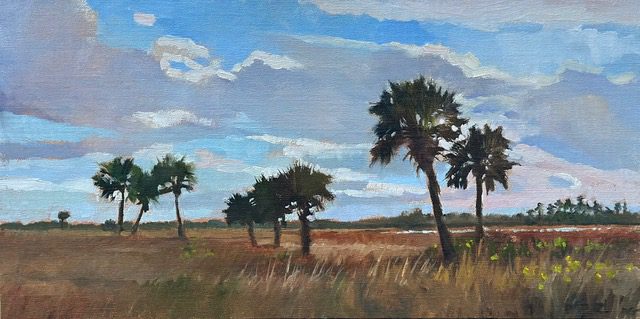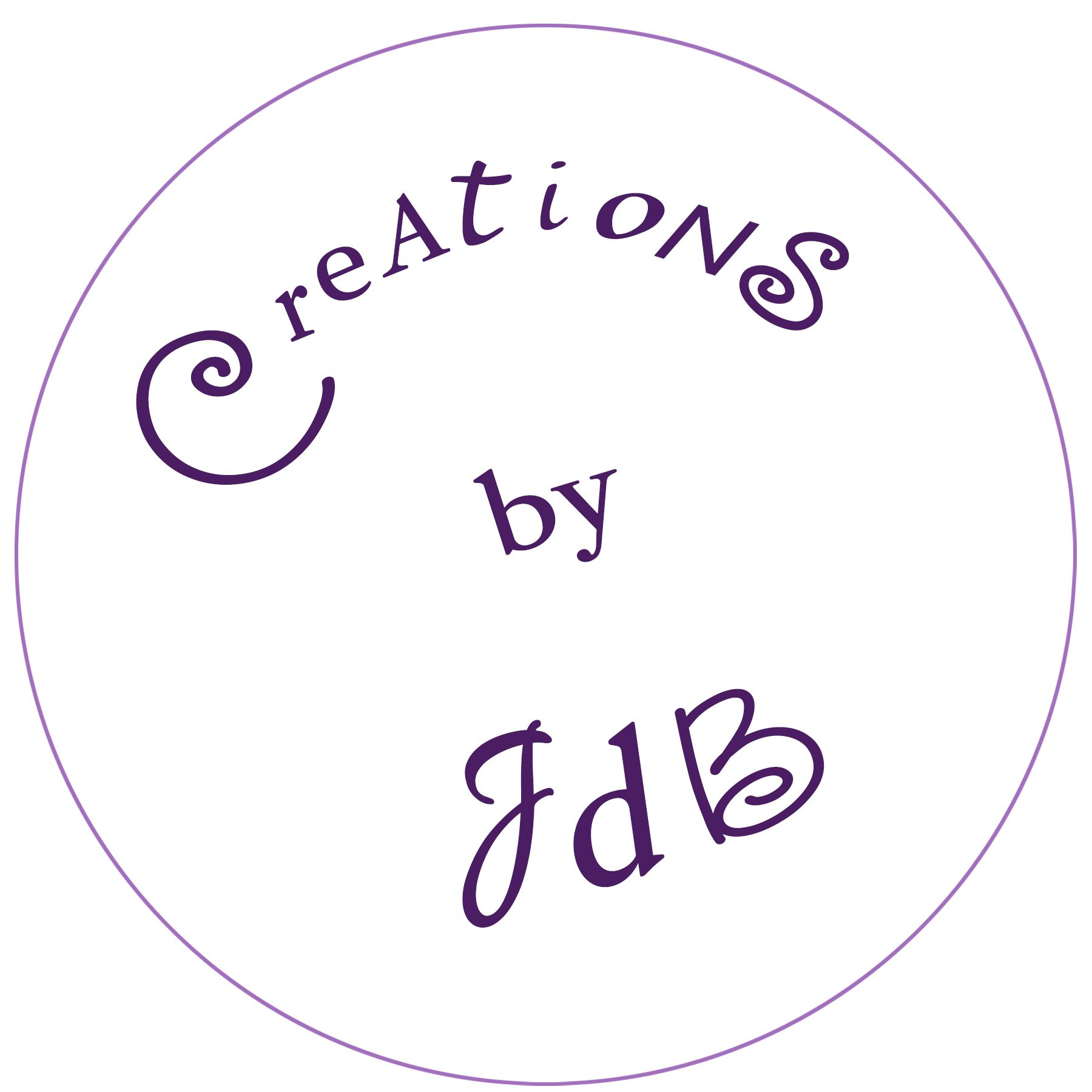Tell us a little bit about yourself. Where are you from? What’s your background in Art?
I grew up in East Tennessee, but have lived in Florida for the past 20 years now. I come from a long line of visual artists on my mother’s side. At RISD I studied painting and spent a year abroad in Italy, followed by a 20+ year long career as a muralist and faux finisher before pivoting to focus more on plein air painting and fine art about 15 years ago.
You are well known for your plein air, lush landscape paintings. Would you mind explaining what plein air painting is and how you started on that journey?
“Plein air” is simply a French term for painting “out in the open.” In 2011 I took an intensive 10 day workshop in Italy from a master plein air artist by the name of Marc Dalessio. Along with many other valuable painting tips and techniques, he taught me about the sight-size method of lining up one’s canvas with a scene and flicking the eyes back and forth in order to quickly and accurately draw/paint one’s subject in front of them onto the canvas. The following year I returned to take another workshop with him and realized he was repeating all the same things I’d written in my sketchbook the year prior. That’s when it dawned on me that I had to actually put into practice- on a regular basis- the information I’d scrawled in my sketchbook… the ol’ 10,000 hours concept! (Or rather, 10,000 miles of canvas!)

Where is your favorite place to do your plein air painting?
I’m lucky enough to live on the beach on a beautiful little 7 mile-long barrier island off the west coast of Florida called Anna Maria. As artists we have a tendency to paint what we know and what we love, so naturally, my favorite place to paint is among the sand dunes on the beach!
Do you have people who inspired you to create? In what way?
Marc Dalessio was definitely a big influence on me. Over the years I’ve participated in a lot of plein air painting festivals, along with other extremely talented artists from across the country, many of whom have inspired (and continue to inspire) me along the way.


What part of your Art-making process do you enjoy most?
I most enjoy the actual painting process, particularly the very beginning when the canvas (or paper) holds so much possibility! The middle can get a bit hairy, as most paintings inevitably must go through an “ugly” or awkward stage at some point in the process, but as long as I can weather that phase and make good decisions along the way, I’m usually rewarded towards the end with it coming together! Another part of my art-making process that I enjoy is teaching, which I do quite a lot of, leading workshops and doing private lessons. Being a teacher has certainly made me a much better painter as well.
At the moment, which are your favorite mediums and why?
I love painting with oils and- particularly when I’m traveling- I enjoy painting with gouache, which is an opaque watercolor medium. I like the “open” quality of oils, as well as the great range of colors that can be mixed and the way they can be layered. With gouache, I like the paint’s portability, consistency, it’s quick drying quality, the fact that it can be layered and the ease with which it cleans up, since all that’s required is water.
Do you have a favorite product or tool you wouldn’t mind sharing with other artists?
I’m a big fan of Viva brand paper towels because they stick to themselves. I was once painting on the beach with a regular roll and the bungee cord on which my paper towels hung came unhooked. The roll went unrolling all the way down the beach for what seemed like a quarter of a mile! I also recommend Gamblin Oil Ground as a great alternative to acrylic gesso. It’s my go-to product for priming inexpensive canvases and boards, giving them a non-absorbent and impermeable surface quality, wonderful for then applying oil paints to.
Do you have advice for other artists who might be thinking of following in your footsteps?
The blessing and the curse of being a visual artist is that I end up working all the time- like, seriously non-stop. Even when I’m not painting I’m usually thinking about painting, looking at paintings, reading about painting, planning new paintings! That, or I’m marketing my work on social media, updating my website, researching and applying to festivals, shows and galleries, organizing and prepping for lessons and workshops, teaching, and keeping my accounting straight. My drive to create is constant. Most people work to “make a living,” but when your work is your passion it’s different. I find I feel most truly alive and present when I’m painting. That said, it’s certainly not a steady paycheck and I sure wish I’d been taught some business classes in art school (not a single one was offered?!) As a freelance artist one must be self-disciplined and internally driven. But, if you’re the type of person who’s always striving to improve and if you’re open to doing whatever it takes in order to carve out the time necessary for expressing whatever it is that your artistic soul feels it needs to get out into the world and you’re able to market it in order to make money, then there’s no reason why you shouldn’t.



Where can someone see more of your creations? Do you have any shows coming up? Are you on Social Media (links)? Thank you for taking time out of your busy schedule to do this interview Cory!
My work can be seen and purchased online via my website, www.corywrightart.com. My paintings are in several galleries including Cove on Bridge St. (on Anna Maria Island,) Live Oak Gallery in Appalachicola, FL, and my Studio/Gallery in Palmetto, FL, as well at The BeachHouse and The Sandbar Restaurants on the island. On Facebook I’m “Cory Wright, Fine Artist” and on Instagram I’m @corywrightart. I’ll be in Winter Park next month for the Winter Park Paint Out event April 22-27.
Locals to the Orlando FL area are invited Tuesday April 23, 2024 10:00am-12:00pm to Limitless Possibilities of a Limited Palette “Oil Painting Demonstration with Cory Wright at the Polasek Museum. Join artist Cory Wright as she demonstrates how, with the use of a limited palette of just 3 colors and white, one can achieve color harmony, simplify the decision-making process, and gain better control over the interaction of colors in a painting. Observe as she shows how by using fewer colors this limited palette technique actually allows her to create a more balanced, cohesive, and visually pleasing landscape paintings with oil paints.”

